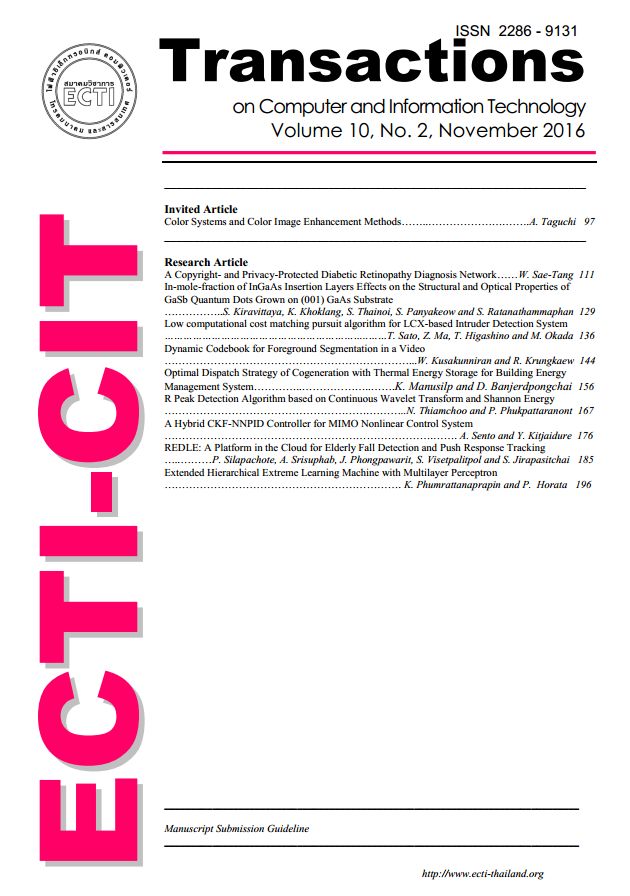Acoustic Cues, Landmarks, and Distinctive Features: a Model of Human Speech Processing
Main Article Content
Abstract
Four aspects of human speech processing are discussed along with their impact on the fundamental structure of a model of the human lexical access process (Stevens, 2002): (1) the lexical representation, (2) sensitivity observed in auditory processing, (3) multiple and graded activations of lexical candidates, and (4) contextual variation. The model assumes that the lexicon is represented in terms of basic units of sound contrast (distinctive features), and that non-homogeneous acoustic cues present in both coarse changes and finer details are used to estimate probabilities for the presence of underlying features. Acquired distributions of cue variation and associated dependencies are used to re-evaluate feature probabilities as context is extracted throughout the process. Existing feature modules, in general, correctly estimate features with a probability greater than 0.5 for 75-95% of their occurrences in read speech.


